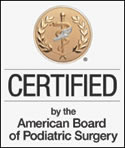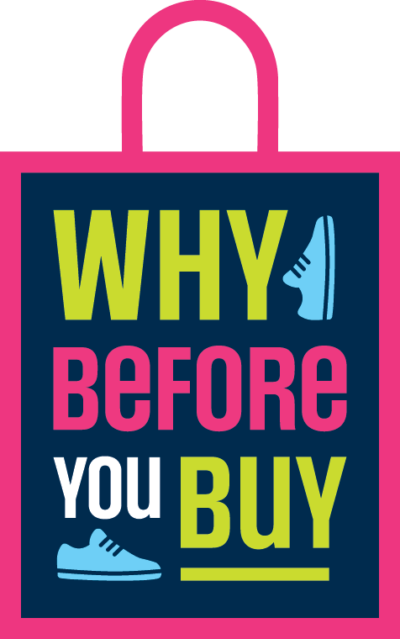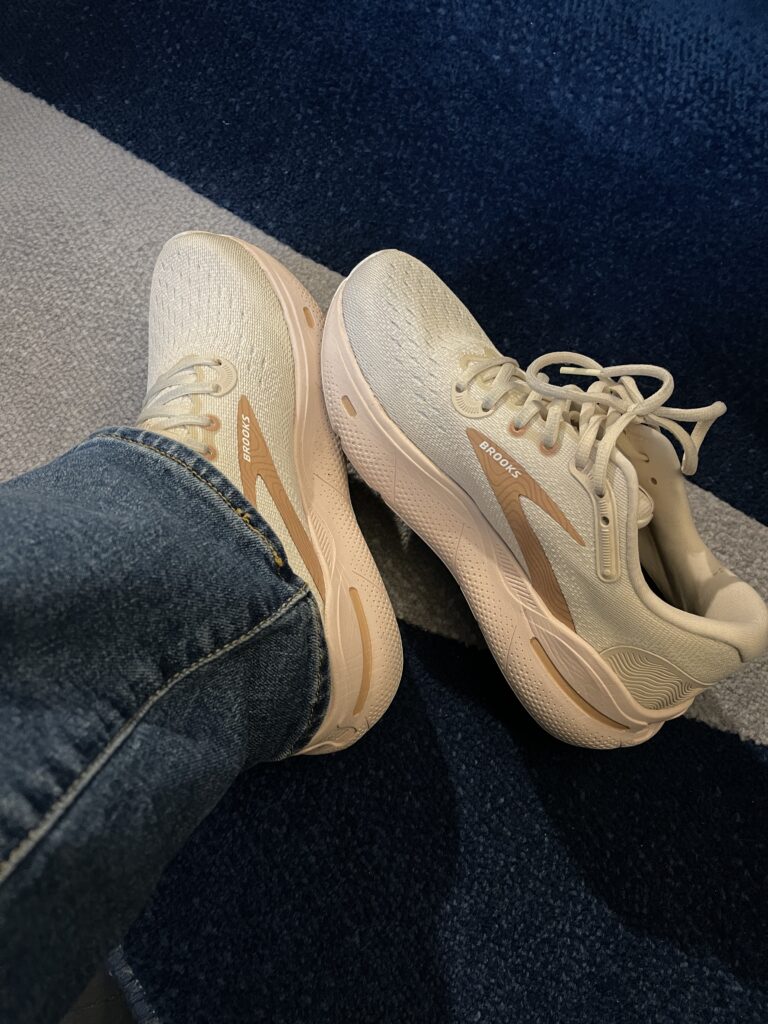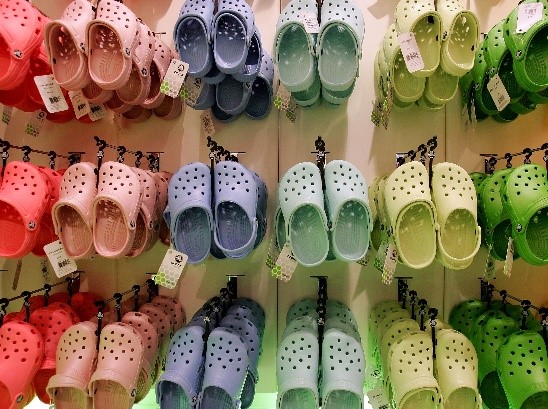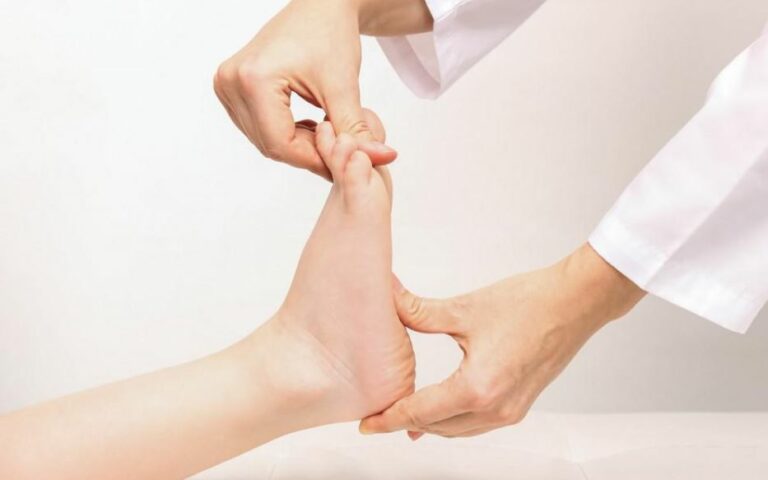![]() Putting aside the risk of injury for a minute, I do find my clogs comfortable. Indeed, they are marketed as foot-healthy comfort shoes. These particular clogs are shoes of choice for many people whose jobs involve lots of standing, such as nurses and chefs.But are comfort shoes always more healthful? Not necessarily, according to some foot doctors.
Putting aside the risk of injury for a minute, I do find my clogs comfortable. Indeed, they are marketed as foot-healthy comfort shoes. These particular clogs are shoes of choice for many people whose jobs involve lots of standing, such as nurses and chefs.But are comfort shoes always more healthful? Not necessarily, according to some foot doctors.
Buying shoes from a store specializing in comfort shoes doesn’t guarantee that they will be comfortable or good for you.
What makes a shoe a “comfort shoe”? Generally speaking, it means cushioning under the foot and supportive features such as arch support. Birkenstock sandals, another comfort line, have a molded foot bed with an indented heel cup and a bump under the forefoot — the metatarsal pad, which deflects pressure away from the ball of the foot. “They’re a really comfortable choice for many people,” says Erika Schwartz, a podiatrist with DC Foot and Ankle.
But for others, not so much. You know what they say about if the shoe fits — well, not all comfort shoes are comfortable or healthy for every foot.
A small study of people with osteoarthritis of the knee found that walking in clogs and so-called stability shoes was harder on the knees than walking barefoot or in flip-flops. This suggests that certain supportive shoes can alter your gait in a way that’s unhealthy for joints above the ankle, at least temporarily and in people with arthritis.
“What are the best shoes to wear? I hear this question 20 times a day,” says Selene Parekh, an orthopedic surgeon at Duke University Health System.
Parekh says to look for a shoe that’s supportive and comfortable — for you. That may not mean spending nearly $200 on a pair of loafers marketed to fit what one shoemaker calls the “anatomical foot-bed.”
If you are having foot problems, the best thing to do is figure out the type of foot you have and how you walk. Do you prorate — rotate your foot so that the inner edge of the sole bears the bulk of your weight? How high or how flat are your arches?
When a patient comes in with foot pain, Parekh looks at the wear pattern on her shoes. If the inner part of the sole is worn, he’ll look for flat feet overloading that area. Outer-sole wear may indicate high arches. More wear on the heel or under the ball of the foot can show whether a person is a heel-striker or a forefoot-striker when he walks.
These wear patterns are not problems in and of themselves. “If you don’t have pain, your walking pattern is fine,” Parekh says.
If you do have pain, a foot expert — either a foot and ankle orthopedic surgeon or a podiatrist — can help you understand shoe features to look for and to avoid. For example, if you have bunions, you want to look for a more box-shaped toe, Parekh says, “to not compress that part of the foot.”
What about minimalist shoes, designed to honor the form and function of the foot? They are the antithesis of the comfort shoe: Advocates say that cushioned supportive shoes encourage runners to land on their heels, which can le
- Posted on November 14, 2013

